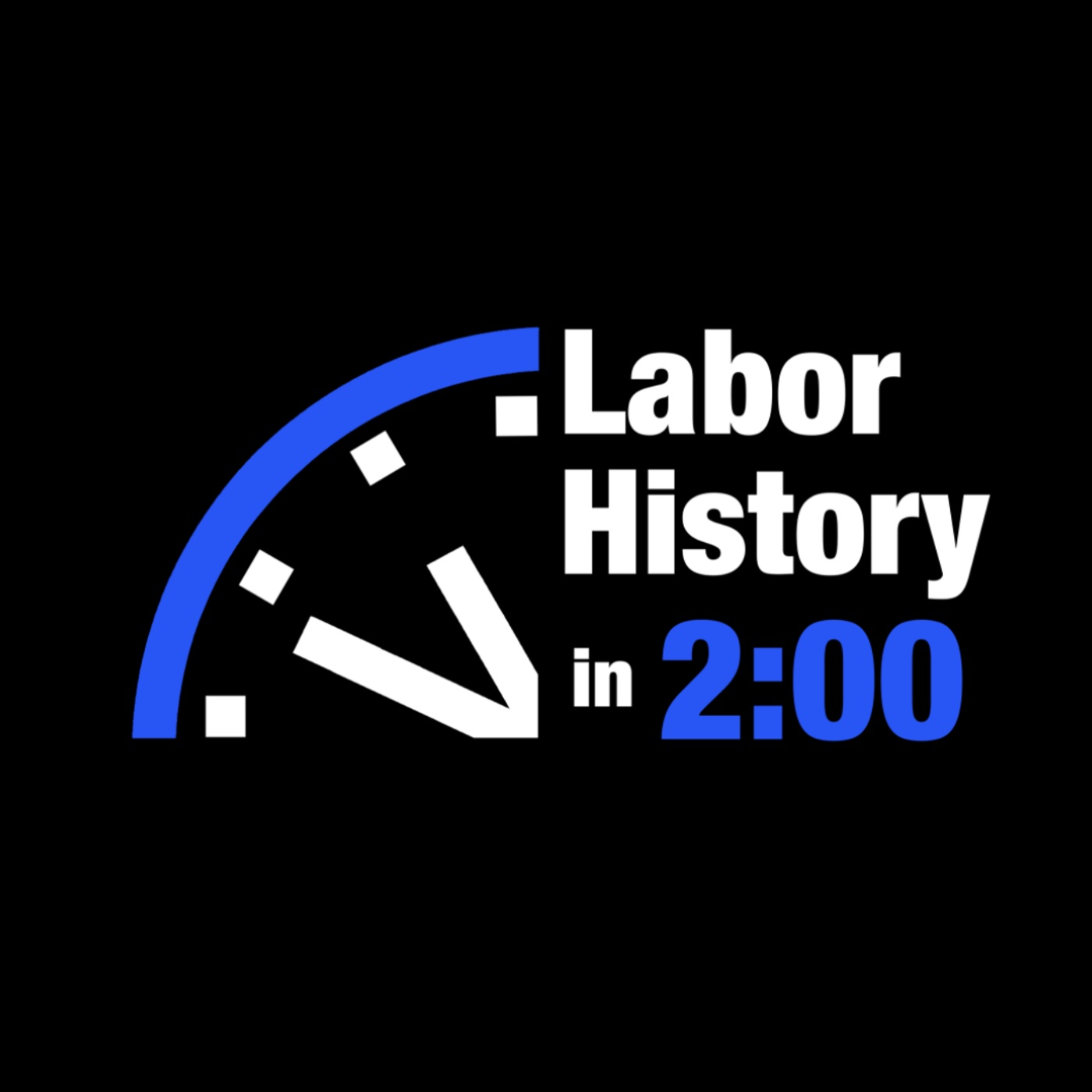Episodes
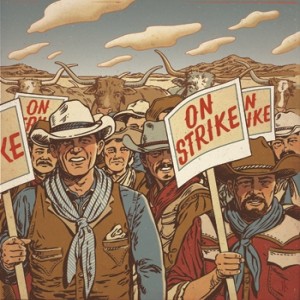
Tuesday Mar 31, 2020
March 31 - Cowboy Strike
Tuesday Mar 31, 2020
Tuesday Mar 31, 2020
On this day in Labor History the year was 1883. That was the day that cowboys went on strike. The cowboys worked in the Texas panhandle. Increasingly, the ranch land in the region was coming under large corporate ownership.
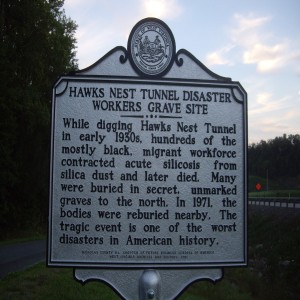
Monday Mar 30, 2020
March 30 - Hawks Nest Tunnel Disaster
Monday Mar 30, 2020
Monday Mar 30, 2020
On this day in Labor History the year was 1930. That was the day that ground was broken on what would become one of the worst workplace disasters in U.S. history. At least 476, and possibly more than 700 men died from a disease called silicosis. The project was called the Hawks Nest Tunnel.
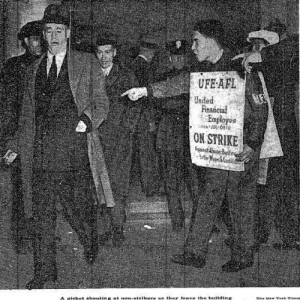
Sunday Mar 29, 2020
March 29 - The Union of Wall Street
Sunday Mar 29, 2020
Sunday Mar 29, 2020
On this day in Labor History the year was 1948. That was the day that the labor movement came literally to the doorstep of Wall Street. The United Financial Employees Union went out on strike. The union was started in 1941 by Merritt David Keefe, a page who worked on the stock exchange trading floor.
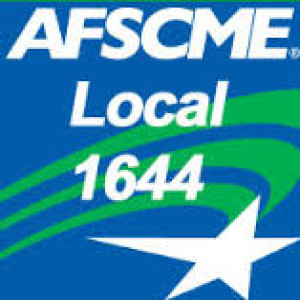
Saturday Mar 28, 2020
March 28 - Overcoming Division
Saturday Mar 28, 2020
Saturday Mar 28, 2020
On this day in Labor History the year was 1977. That was the day that members of AFSCME Local 1644 began their unsuccessful strike in Atlanta, Georgia. The union was made up of 1,300 mostly black sanitation workers. The city of Atlanta had elected its first black mayor, Maynard Jackson, in 1973.
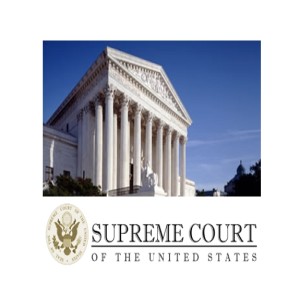
Friday Mar 27, 2020
March 27 - Overriding the NLRB
Friday Mar 27, 2020
Friday Mar 27, 2020
On this day in Labor History the year was 2002. That was the day that the Supreme Court handed down its decision in the case Hoffman Plastic Compound, Inc. versus the National Labor Relations Board. This case had profound importance for undocumented workers in the United States.
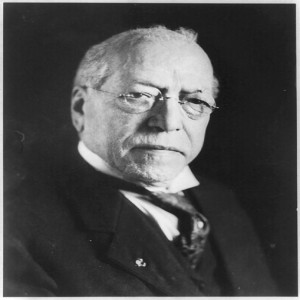
Thursday Mar 26, 2020
March 26 - It’s Deja Vu All Over Again
Thursday Mar 26, 2020
Thursday Mar 26, 2020
On this day in Labor History the year was 1910. That was the day that Congress expanded the Immigration Act passed three years earlier.
The new language prohibited “criminals, paupers, anarchists and diseased persons” from entering the nation.
During the first decade of the twentieth century, some nine million immigrants arrived on the shores of the United States.
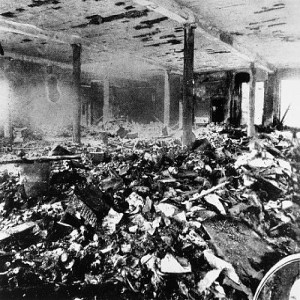
Wednesday Mar 25, 2020
March 25 - Tragic, Devastating and Preventable
Wednesday Mar 25, 2020
Wednesday Mar 25, 2020
On this day in Labor History the year was 1911. It was one the most tragic days in US labor history. 146, mostly Jewish and Italian, women died in the Triangle Shirtwaist Fire in New York City. The death toll was so high because exits were locked or blocked, and basic safety precautions were not taken in the sweatshop.
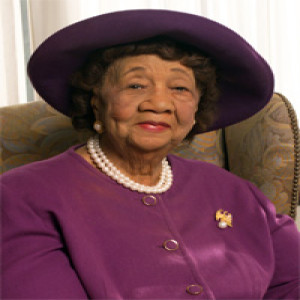
Tuesday Mar 24, 2020
March 24 - The Birth of Dorothy Height
Tuesday Mar 24, 2020
Tuesday Mar 24, 2020
On this day in Labor History the year was 1912. That was the birthday of Dorothy Height, a Civil Rights leader and a champion for black women domestic workers. Domestic workers had largely been left out of the labor protections passed as part of the New Deal.
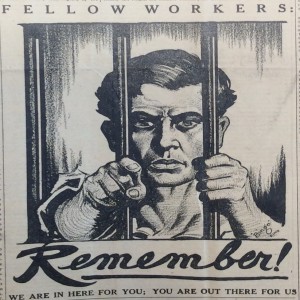
Monday Mar 23, 2020
March 23 - Freedom of Speech?
Monday Mar 23, 2020
Monday Mar 23, 2020
On this day in Labor History the year was 1918. That was the day that trial of 101 Industrial Workers of the World began in Chicago. Their alleged crime? Speaking out against US involvement in World War I.
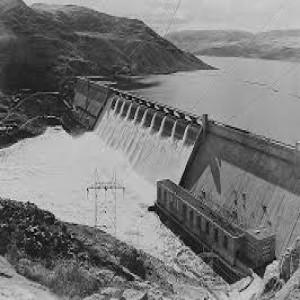
Sunday Mar 22, 2020
March 22 - A Big Dam Deal
Sunday Mar 22, 2020
Sunday Mar 22, 2020
On this day in Labor History the year was 1941. That was the day that the generators began to operate at one of the most massive construction projects ever built—the Grand Coulee Dam. The dam generates hydro-power from the Columbia River in Washington State.

